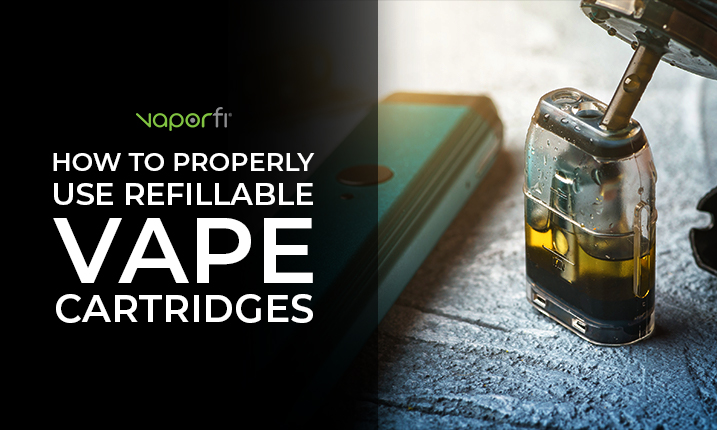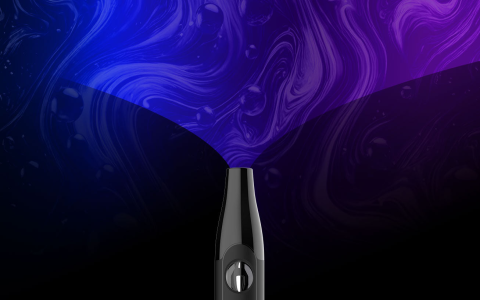Essential Pre-Refill Preparation
Match E-Liquid Viscosity: Ensure your e-liquid (PG/VG ratio) is suitable for your cartridge’s coil type and wicking ports. Pods designed for thinner salts may leak with high VG juices.
Gather Materials: You’ll need e-liquid, paper towels (lint-free), and optionally, a blunt-tip syringe or fine nozzle bottle. Ensure clean hands and workspace.

Check Seals: Inspect the cartridge’s silicone plugs, bottom gasket, and tank for cracks or damage before refilling. Replace compromised parts.
Precise Filling Procedure
- Position Correctly: Always refill with the cartridge upright. Never fill upside-down or on its side.
- Access Fill Port: Locate the designated fill port (usually a small silicone stopper). Remove plug carefully, keeping it clean.
- Slow & Controlled Pour: Insert syringe nozzle or bottle tip deeply into the fill port to avoid air pockets. Inject e-liquid gently and steadily along the inner wall. Fill to 80-90% capacity max – never overfill.
- Maintain Vacuum: Do not squeeze bottle excessively hard; let air escape naturally.
Post-Refill Sealing & Prime Handling
Seal Thoroughly: Wipe the fill port and plug with a paper towel. Reinsert the plug firmly and completely, ensuring no e-liquid obstructs the seal.
Check for Exterior Residue: Wipe the cartridge’s exterior, 510 connector, and airflow slots thoroughly to remove any spilled juice.
Upright Rest: Let the cartridge sit upright on a paper towel for 5-10 minutes. This allows wick saturation and pressure stabilization within the tank.
Avoid Immediate Hard Hits: Start with gentle puffs for the first few minutes to let the coil wick optimally, especially after priming a new coil.
Key Prevention Strategies
- Overfill is the Top Culprit: Always leave an air bubble at the top.
- Pressure Management: Store devices and filled pods/cartridges upright. Rapid pressure changes (e.g., flying) significantly increase leak risk.
- Cool Storage: Keep e-liquid and devices away from excessive heat sources.
- Viscosity Awareness: Using juice too thin for the coil’s wicking speed is a common leak cause.









